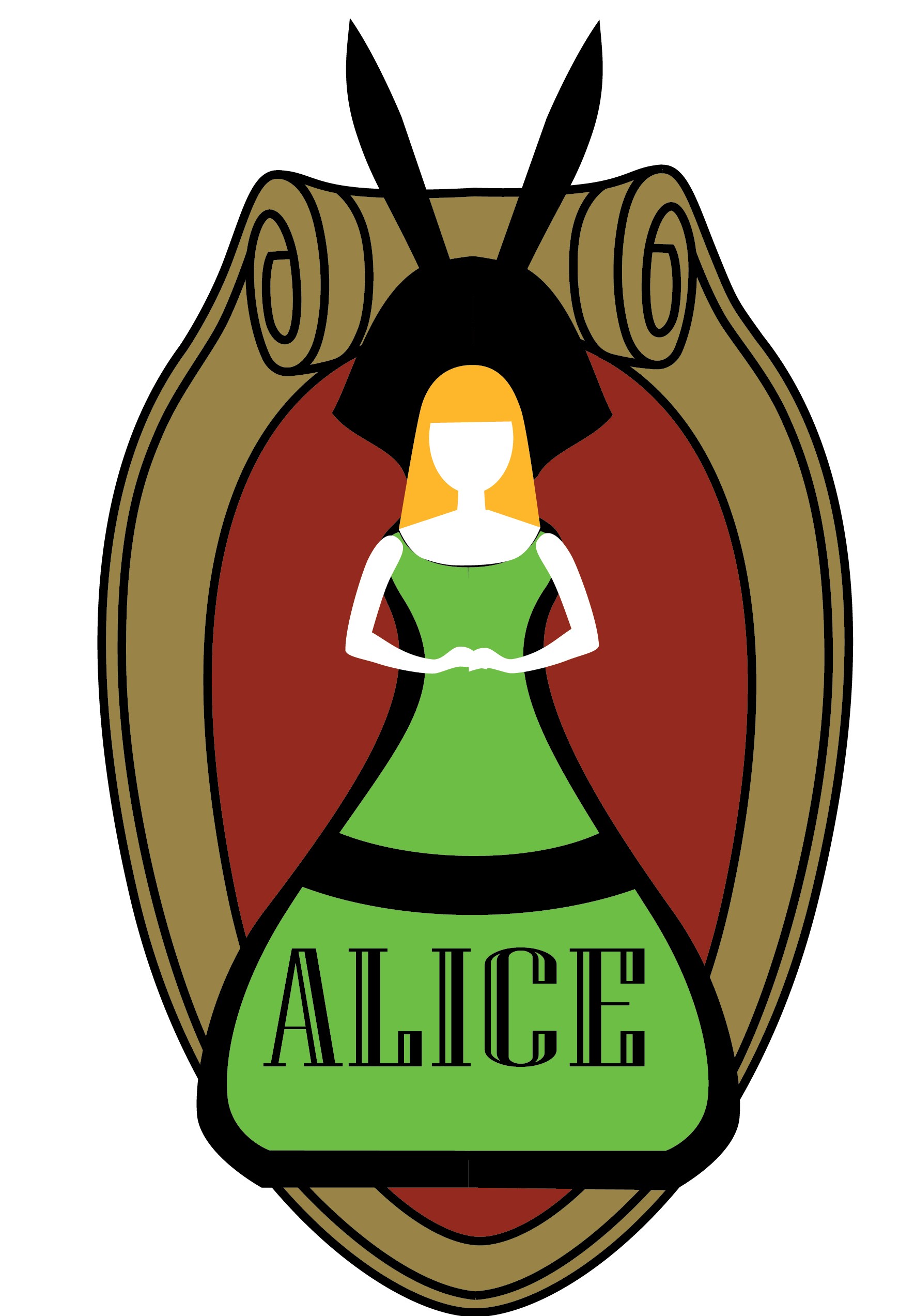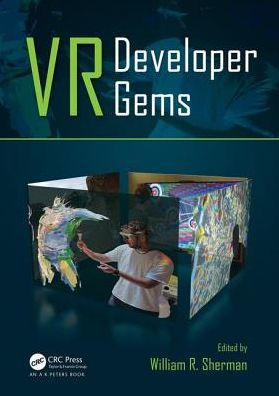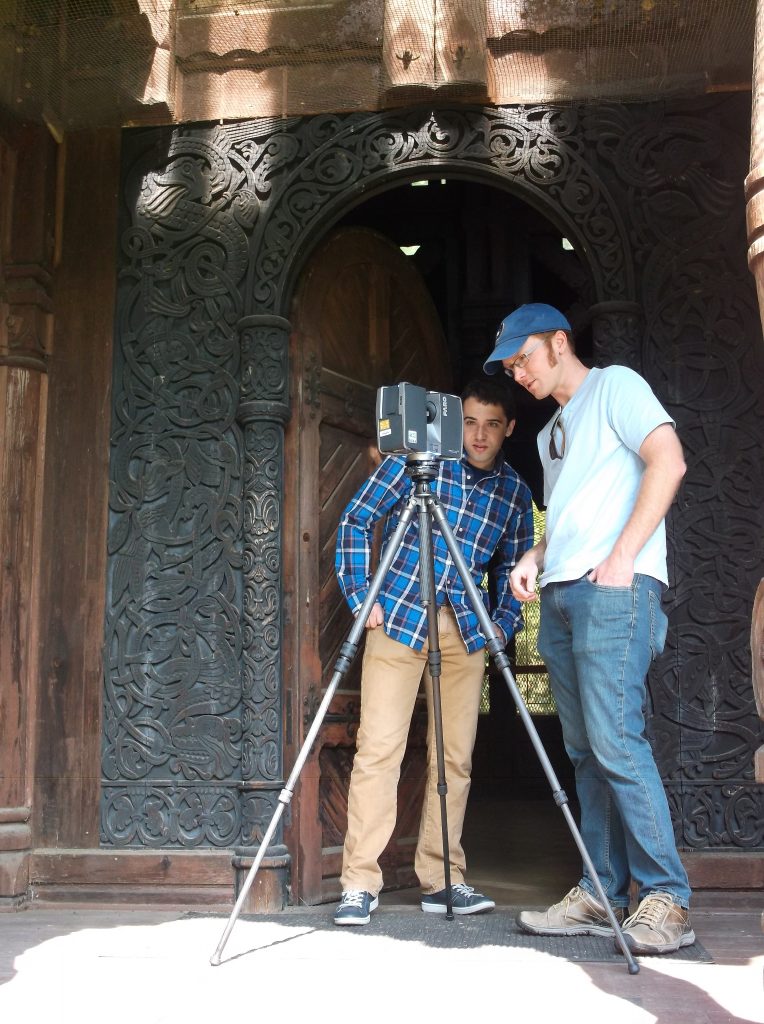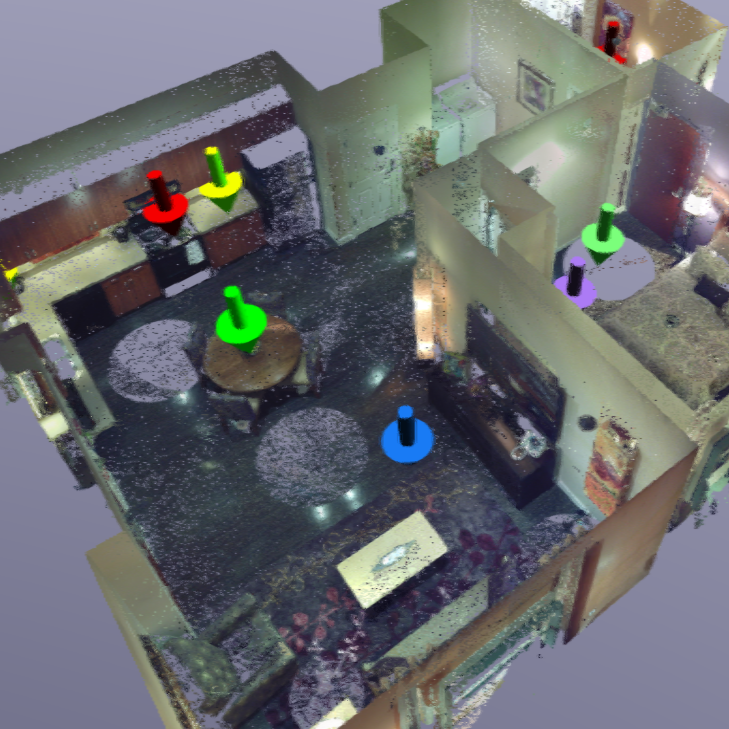PointSpace
Role: PI
This project aims to take our research in simulating physical environments out into the real world.
Link: https://widve.github.io/pointspace/
UniCAVE
Role: PI
The UniCAVE project aims to build a plugin for Unity3D that provides support for CAVE environments utilizing features built into the engine. This approach enables a user to configure their system entirely in the Unity3D editor providing a simplified method for supporting adapting existing Unity projects for distributed visualization platforms.
Link: https://widve.github.io/UniCAVE/
vizHOME
Role: PI (2016-2018) / Co-PI (2013-2016)
More and more of health care occurs in the home, and a growing number of computer tools are becoming available to help people manage personal health concerns and health information. This project will figure out how features of the home interior, such as the adequacy and privacy of space available for health, and common household objects like calendars and file cabinets, help or hinder people as they manage health information.
Link: http://vizhome.org/
What the Moon Saw
Role: Co-I
This project partners UW faculty researchers with community collaborator Children’s Theater of Madison to develop a unique production environment specifically designed to engage young audiences in live theatrical performance through the use of video gaming and interactive technology. Through the development of a new script and the continuation of research into interactive technology, the team will test a new storytelling methodology for use in augmented reality performance.
Exploring the Universe from Antarctica
Role: PI
The goal of this Exploratory Pathways project, Exploring the Universe from Antarctica, is to promote informal STEM education in polar research through an innovative new interactive learning display that uses virtual and augmented reality technology. The developed display system combines the successful techniques of touch-enabled tabletop displays with new low-cost, head-mounted display (HMD) technology to deliver an immersive 3D learning experience for the IceCube Neutrino Detection system located at the South Pole.
Link: https://pvre.discovery.wisc.edu/
Analyzing the Impact of Virtual Reality and 3D Capture Technology on Crime Scene Investigation
Role: PI
Crime Scene Visualization is the result of an emerging collaboration with the Dane County Sheriff’s office. This project uses 3D scanning technology to capture crime scenes that can later be visualized, allowing the scenes to be virtually revisited at any point in time in explicit detail. This project aims to determine the cost/benefits of using this approach over traditional techniques.
Link: https://3d-csi.discovery.wisc.edu/
Article: http://wid.wisc.edu/featured-science/csi-discovery/
A Virtual Tour through Mount Horeb Area History
Role: Co-PI
This project aims to build a Virtual Reality exhibit to showcase cultural heritage sites around the city of Mount Horeb.
e3iVR
Role: Co-I
The e3iVR conference is planned for April 2017 in the Discovery Building on the University of Wisconsin-Madison campus. The conference will feature a series of talks and breakout sessions, some of which will be open to the public, and will focus on the development of ethical standards in the emerging and growing field of Virtual Reality. The objective of this conference is to produce a set of guidelines for the ethical conduct of research experiments as well as clinical treatments including informed consent, integrity of the sense of person, meaningful explanation of side effects and consequences of a VR experience, and fair notification of the extensive data tracking now possible in these systems.
Link: https://conferences.discovery.wisc.edu/e3ivr/
Virtualized Homes – Tools for better discharge planning
Role: Co-I
Contemporary technologies make it possible to create full-scale 3D models of the interiors of a patient’s home. Displaying these models and making them accessible through the electronic health record (EHR) could accelerate patient centered care research by supporting systematic assessment as well as enabling researchers and clinicians to detect safety barriers, recommend reconstruction, and tailor care instructions specific to the space wherein they will occur. The models could be linked with other EHR data, enabling exploration of the relationships between health states and the conditions of the homes. The purpose of this R03 proposal is to develop Home3D, a technical implementation that would allow annotated versions of these models to be used during clinical care and stored in the EHR. With proper protection, these models could be made available for research use in a manner similar to other EHR data. R03HS024623-01

ALICE (Augmented Live Interactively Control Environment)
Role: Co-PI
A collaboration among interdisciplinary researchers at Concordia University and the University of Wisconsin-Madison, Project Arclight is developing a web-based tool that will allow users to analyze millions of pages of digitally scanned magazines and newspapers for trends related to a chosen media history subject.
Link: http://blogs.discovery.wisc.edu/alice/
ScripThreads
Role: Co-PI
ScripThreads is a software tool for the digital analysis and visualization of screenplays. ScripThreads allows you to visualize character interactions, identify patterns, and export statistical breakdowns.
For more on the tool’s functionality, visualizations, and research uses, read our essay: Eric Hoyt, Kevin Ponto, and Carrie Roy, “Visualizing and Analyzing the Hollywood Screenplay with ScripThreads,” Digital Humanities Quarterly 8.4 (2014).
ScripThreads is still under development, but we have made a downloadable prototype freely available for educational and evaluative purposes. The program was created by Kevin Ponto with Eric Hoyt and Carrie Roy at the University of Wisconsin-Madison. It is the property of the Board of Regents of the University of Wisconsin System © 2014.

Project Arclight
Role: Co-I
A collaboration among interdisciplinary researchers at Concordia University and the University of Wisconsin-Madison, Project Arclight is developing a web-based tool that will allow users to analyze millions of pages of digitally scanned magazines and newspapers for trends related to a chosen media history subject.
Link: http://projectarclight.org/

DSCVR
Role: PI
We propose building a novel and immersive virtual reality display environment using consumer-grade displays and electronics. This project serves many purposes, the first of which is to provide a visualization space for Design Studies, Human Ecology, and serve members of the UW–Madison academic community interested in design inquiry.
Link: https://blogs.discovery.wisc.edu/kponto/dscvr/








